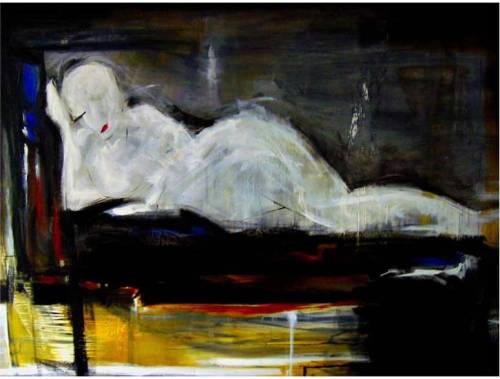
Venezuela’s plains region is home to the capybara (in Spanish, chigüire), which is the world’s largest rodent. These herbivores can weigh up to 100 pounds and live most of their lives in water. When they are born, they actually swim better than they walk, according to a zookeeper in Parque del Este in Caracas.
Sadly, chigüires are sometimes hunted and eaten for Easter dinner despite the fact that, during Lent, there is a religious prohibition against eating meat. During the time of colonization, the native chigüire was misrepresented to the Catholic church by the Spanish conquistadors, who wrote to the church officials for permission to eat the animal, which was unknown in Europe. The Spaniards said that chigüis lived in the water and resembled fish, conveniently leaving the hair and four feet out of the description.
By and large, chigüires are friends, not food, and people in the llanos keep them as pets. Recently, the chigüire has become a subject for popular art, and can be found on t-shirts and logos everywhere in Venezuela.
Spanish-speakers will enjoy a popular sytirical news blog in Venezuela known as El Chigüire Bipolar.



 Oliver Stone and crew have been hard at work on a documentary about the Venezuelan Revolution, starring President Chavez and “huge cast of characters.” According to Stone, Chavez is a “world changer” full of “intoxicating” energy. The film will explore the progress he has inspired in Venezuela and the region.
Oliver Stone and crew have been hard at work on a documentary about the Venezuelan Revolution, starring President Chavez and “huge cast of characters.” According to Stone, Chavez is a “world changer” full of “intoxicating” energy. The film will explore the progress he has inspired in Venezuela and the region.



 Sontizon is a salsa-infused hip hop collective that offers listeners more than just a sound: it offers them a vision.
Sontizon is a salsa-infused hip hop collective that offers listeners more than just a sound: it offers them a vision. Venezuela is currently enjoying a renaissance of cultural growth, and it has a lot to do with the state’s new mandate to channel oil profits into educational and community development. Last month, a new cultural project was founded called Corazón Adentro (roughly translated, “Inside the Heart”).
Venezuela is currently enjoying a renaissance of cultural growth, and it has a lot to do with the state’s new mandate to channel oil profits into educational and community development. Last month, a new cultural project was founded called Corazón Adentro (roughly translated, “Inside the Heart”).
